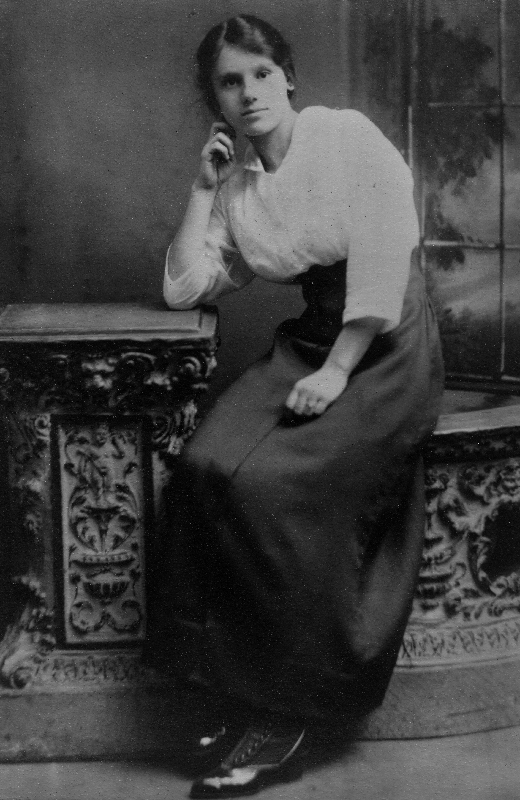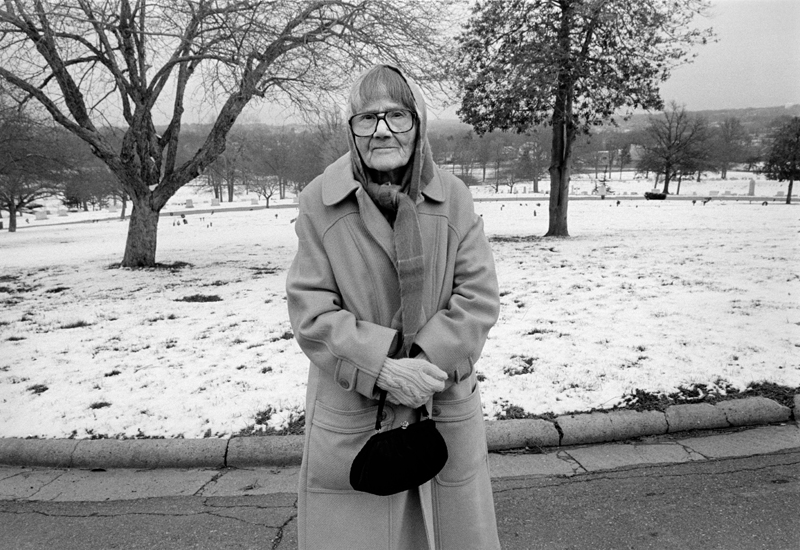
My Grandmother, Jennie Lozupone, ca. 1915
Today would have been my Grandmother’s 114th birthday. She died in 1995. I was asked to give the eulogy at her funeral, which I’ve reprinted in this post. Rereading the eighteen-year-old text, I understand how much I’ve learned in the ensuing years from a series of great editors and teachers. I’m resisting the urge to correct grammar, syntax, and sentence structure within the text. There are also some factual errors that I’ve corrected at the end of the post.
5/30/95
So, what’s in a name? The woman we are honoring and saying goodbye to today was known by many names. Jennie Lozupone. Mrs. Galeano. Aunt Jennie. Mama. Gram.
Her life spanned the length of the 2oth Century and encompassed many of the great events of this county’s history during the Century. But as we know, history is more than great events. History is also the past and the past is both personal and intimate.
Jennie Lozupone was born in 1899 in Bari, Italy. She arrived in the United States in 1907, part of the great Italian migration. She landed at Ellis Island and her family first settled in Albany, New York, before moving to Washington, DC, where she lived her entire life.
In 1916, she married Joseph Galeano, a fellow immigrant, he from Sicily. They bought a home on Morse Street in Northeast Washington. It was there they had their four children – Vincent, Louis, Catherine, and Charles.
When the Great Depression struck this country in 1929 Jennie joined the workforce to help support her family. She began a career as a seamstress with the late Jimmy Bello. While her clients included President Franklin Delano Roosevelt and the Supreme Court Justices, she was most proud of the First Communion dresses, the dance recital outfits and the Easter clothes she made for her nieces and grandchildren. She was always there to hem a pair of pants or sew on a button.
Two of her sons served in the Armed Forces during World War II. She suffered the insecurity of not knowing her baby son’s whereabouts for two years during that conflict.
After the war, as the middle class in this country grew, her family became part of that movement. She and Joe bought a house in suburban Maryland on University Blvd. Gram always accepted what life had to offer her – sometimes with resignation, but more often with grace and a willingness to make the best of any situation. Her husband Joe died unexpectedly in 1948 and it was then the second half of Jennie’s life began.
Gram loved life. She loved food – not jus the cooking and eating of it, but she loved to feed others. Her lasagna and eggplant are famous across the country given the travels of her children and grandchildren. She loved to gamble – bingo, horse races, poker. She loved to win, but really she was a safe bettor. Mostly, she loved the Fellowship that the gambling provided.
Gram understood the value of money. I remember a story of her getting held up at knife-point by a young boy whose situation was even worse than hers. She said she looked him in the eye and said, “You’re not getting my hard earned money” and started swinging her oversized purse at him. She was a giving and generous woman who understood that by giving she would receive.
As she got older and her eyesight worsened, she switched from sewing to knitting afghans although she never could get the name right, calling them Africans until the end. Hundreds of Africans that now reside all over the country. She made them for weddings, births and graduations – or simply because she liked you. Every Christmas and birthday each of her children, grandchildren, great-grandchildren, and great-great grandchildren received a savings bond.
When she was 67 years old she made the first of seven trips back to Italy to visit her late husband’s relatives in Sicily, often taking one or more of her grandchildren with her. She loved those trips – talking the language again, the food, the attention.
She was devoted to St. Camillus Church and was an active member of the Leisure Club. She put her sewing skills to use for the Church and often made Baptismal bibs for the newborn and did laundry for the parish priests.
Gram represented a sense of security and safety for all of us. She has been with us all our lives. Not just the literal security of a home, a meal, clothing or help when we needed it, but also a symbolic security of a safer place, a safer time.
So, what’s in a name? I can’t help but wonder if this Jennie Lozupone, this Mrs. Galeano, this Aunt Jennie, this Mama, this Gram had any idea she would be so blessed in her life. That she would leave such a wonderful legacy – four children thirteen grandchildren, 37 great-grandchildren with two more on the way and seven great-great grandchildren.
The last few years she had forgotten most of our names although she still delighted in our company, especially the young children. She seemed to become more of a child herself. The last time I saw her was last November. She let me feed her her supper and carried on a long conversation with me – in Italian. As she finished her meal I struggled with my Latin and Spanish to ask her if she was done eating. “Fini?” I asked. She looked me in the eye, always the teacher, and answered, “Finito.”

Jennie Lozupone Galeano, 1992
Appendix
My grandmother and her family lived in Gioia dei Colle, Italy, which is a small village just west of Bari. Gioia dei Colle means Joy of the Hill – if there could be a more perfect name for a town I haven’t heard it.
I’ve listed Gram’s birth year as 1899, which would have made her 95 when she died. After her death, we discovered a document that indicated she was actually born in 1897.
The number of great-grandchildren and great-great grandchildren has mushroomed since 1995 to a point where I can no longer keep up.





